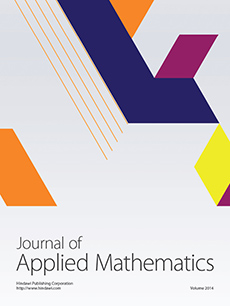Abstract
The concrete gravity dams are designed to perform satisfactorily during an earthquake since the consequence of failure is catastrophic to the downstream communities. The foundation in a dam is usually modeled by a substructuring approach for the purpose of seismic response analysis. However, the substructuring cannot be used for solving nonlinear dynamic problems that may be encountered in dam-reservoir-foundation systems. For that reason, the time domain approach is preferred for such systems. The deconvolved earthquake input model is preferred as it can remove the seismic scattering effects due to artificial boundaries of the semi-infinite foundation domain. Deconvolution is a mathematical process that allows the adjustment of the amplitude and frequency contents of a seismic ground motion applied at the base of the foundation in order to get the desired output at the dam-foundation interface. It is observed that the existing procedures of deconvolution are not effective for all types of earthquake records. A modified procedure has been proposed here for efficient deconvolution of all types of earthquake records including high-frequency and low-frequency ground motions.
Citation
Gurinderbir S. Sooch. Ashutosh Bagchi. "A New Iterative Procedure for Deconvolution of Seismic Ground Motion in Dam-Reservoir-Foundation Systems." J. Appl. Math. 2014 (SI12) 1 - 10, 2014. https://doi.org/10.1155/2014/287605
Information





